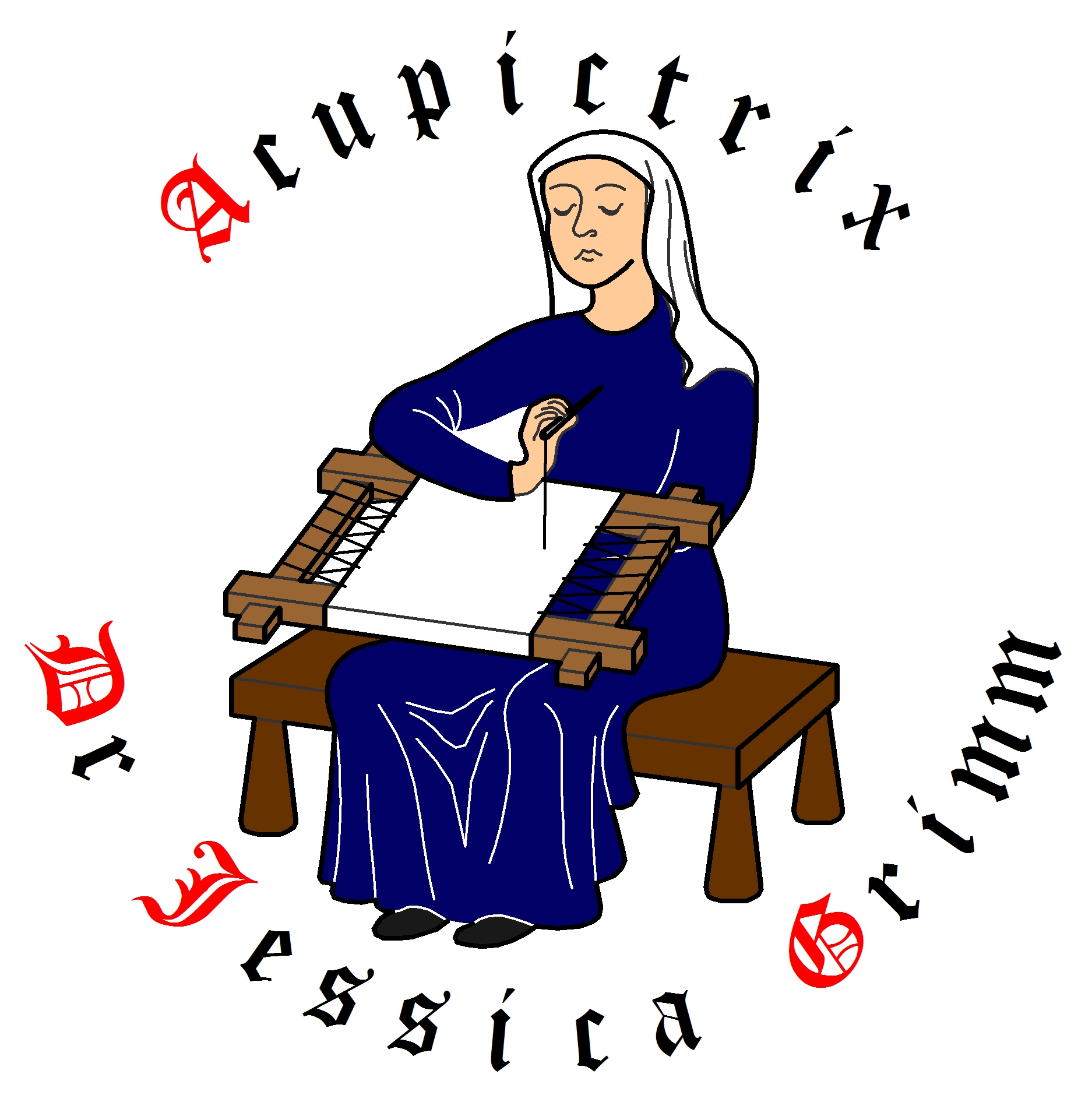Your basket is currently empty!
Tag: Late Medieval
-
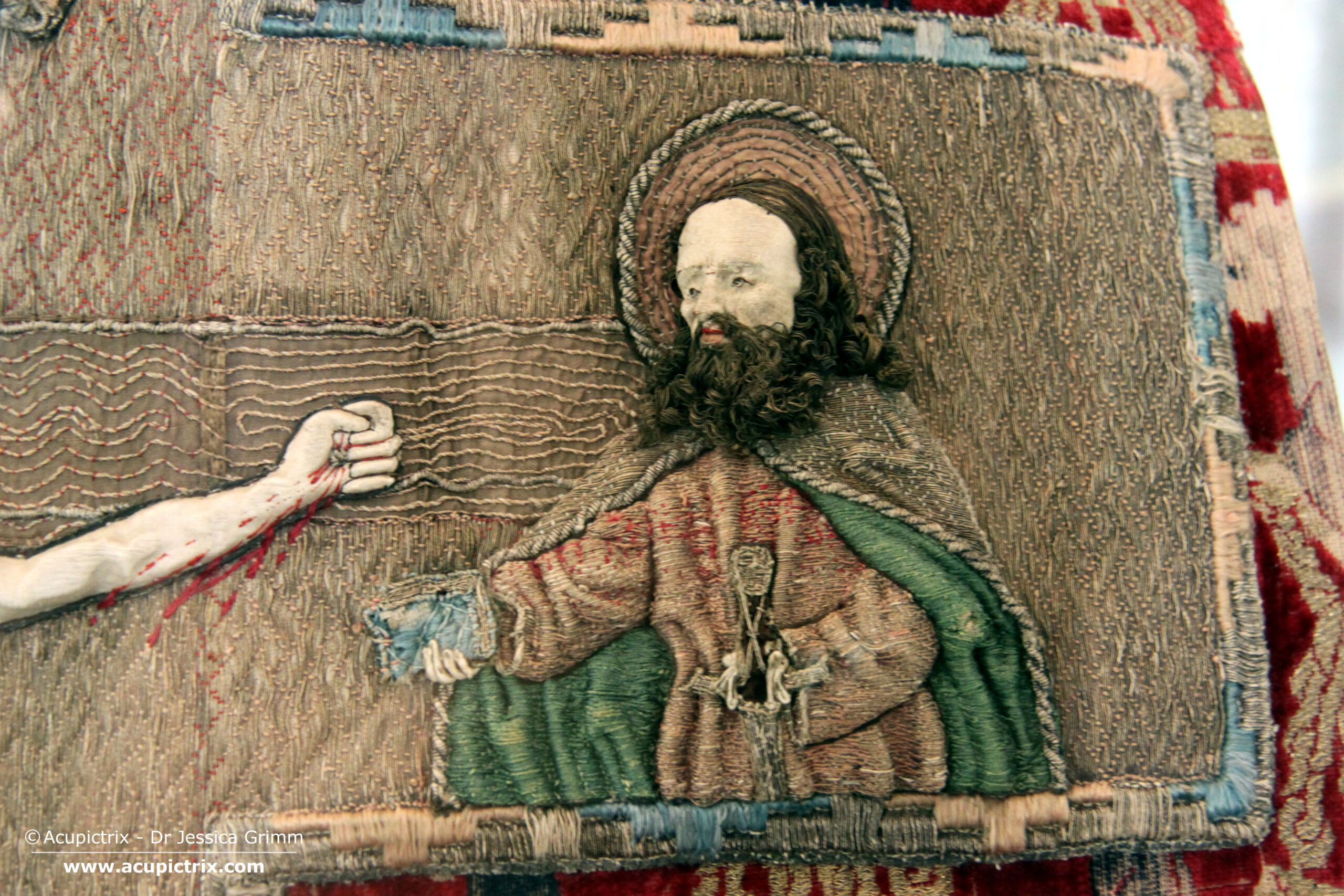
Last week, we looked at a beautiful stumpwork chasuble kept at Merseburg Cathedral. This week, we will continue our exploration of late medieval stumpwork embroidery with a stunning chasuble kept at the Dommuseum in Vienna, Austria. As I haven’t been able to find published material for this chasuble, I don’t know how it ended up…
-
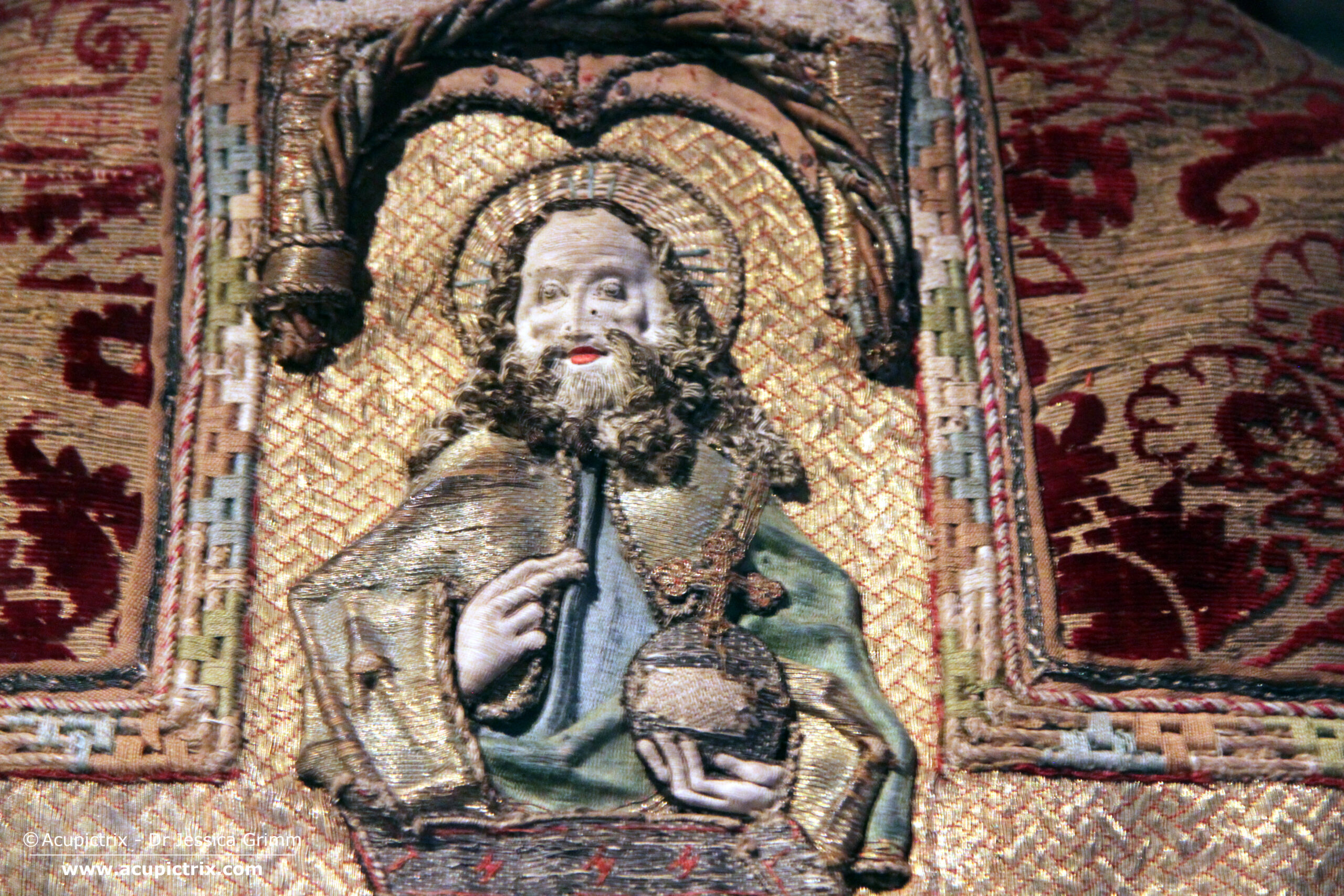
This month, we will be exploring medieval stumpwork. But before we start: happy birthday to me! I just celebrated my 47th birthday in style at my local bakery with a piece of King Ludwig Cake (royal chocolate cake). We are in Bavaria after all :). And now, on to the medieval stumpwork. We’ll kick off…
-
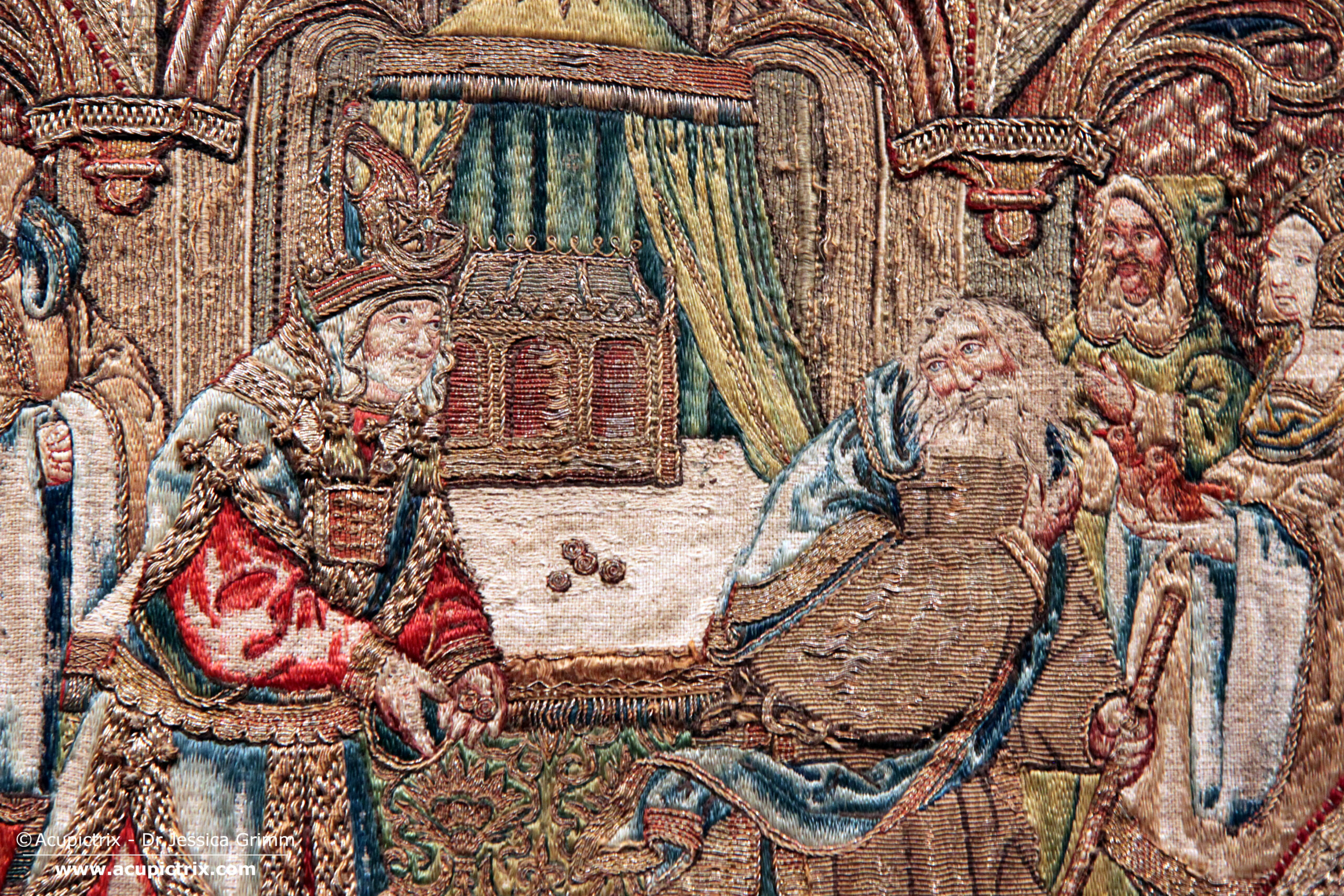
Last week, I probably located a beautiful late medieval goldwork embroidery cope in the Dommuseum Frankfurt to its original church in the Netherlands. This week, I will introduce you to a stunning chasuble cross in the Diocesan Museum Osnabrück, Germany. This is one of these pieces of high-end late medieval goldwork embroidery that not many…
-
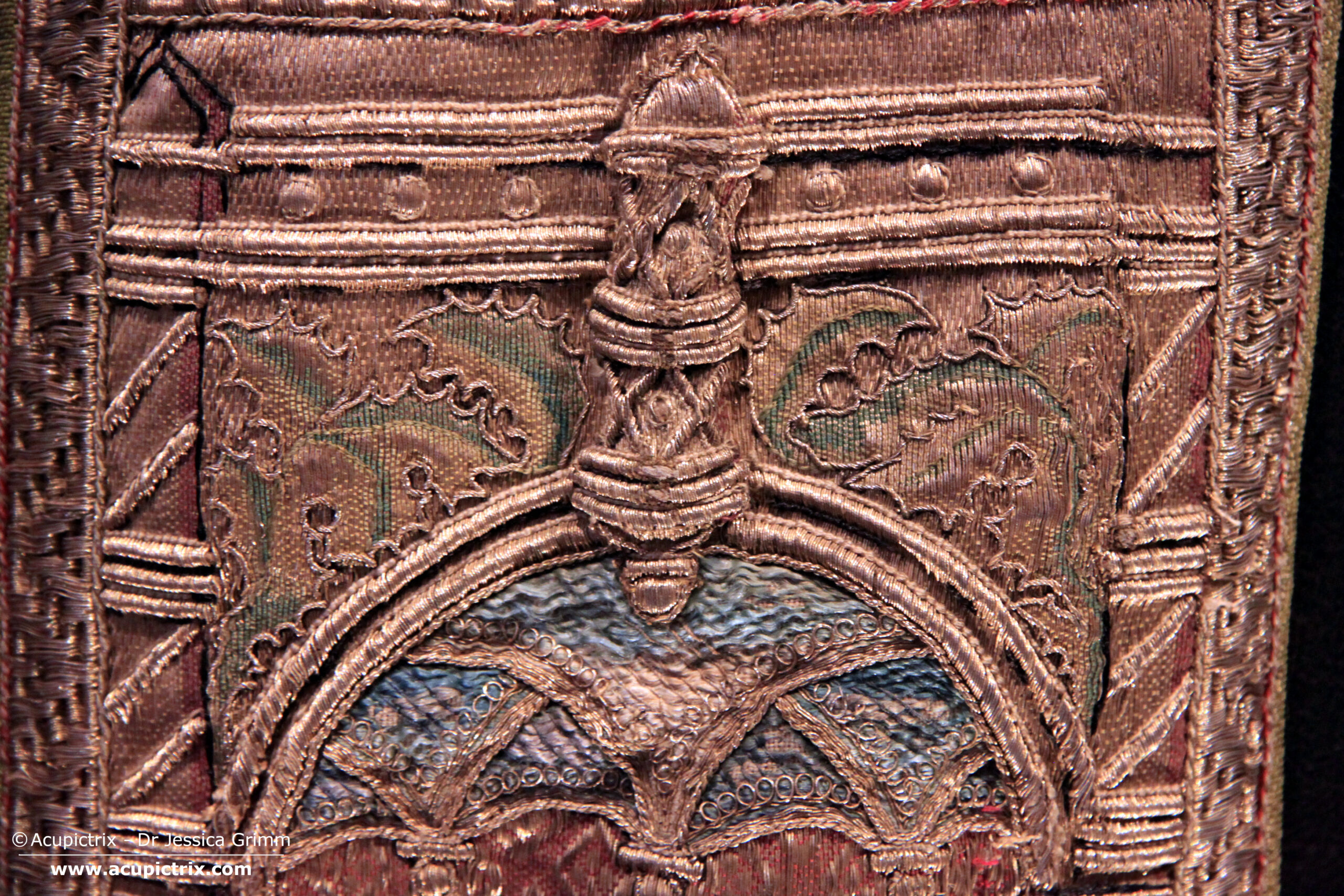
This week, we continue our exploration of late medieval goldwork embroidery from the Netherlands. I made an exciting discovery on a cope kept at the Dommmuseum Frankfurt in Germany. The Dutch dalmatics I showed you last week ended up in a museum collection in Italy after they were bought at auction. This week’s Dutch cope…
-
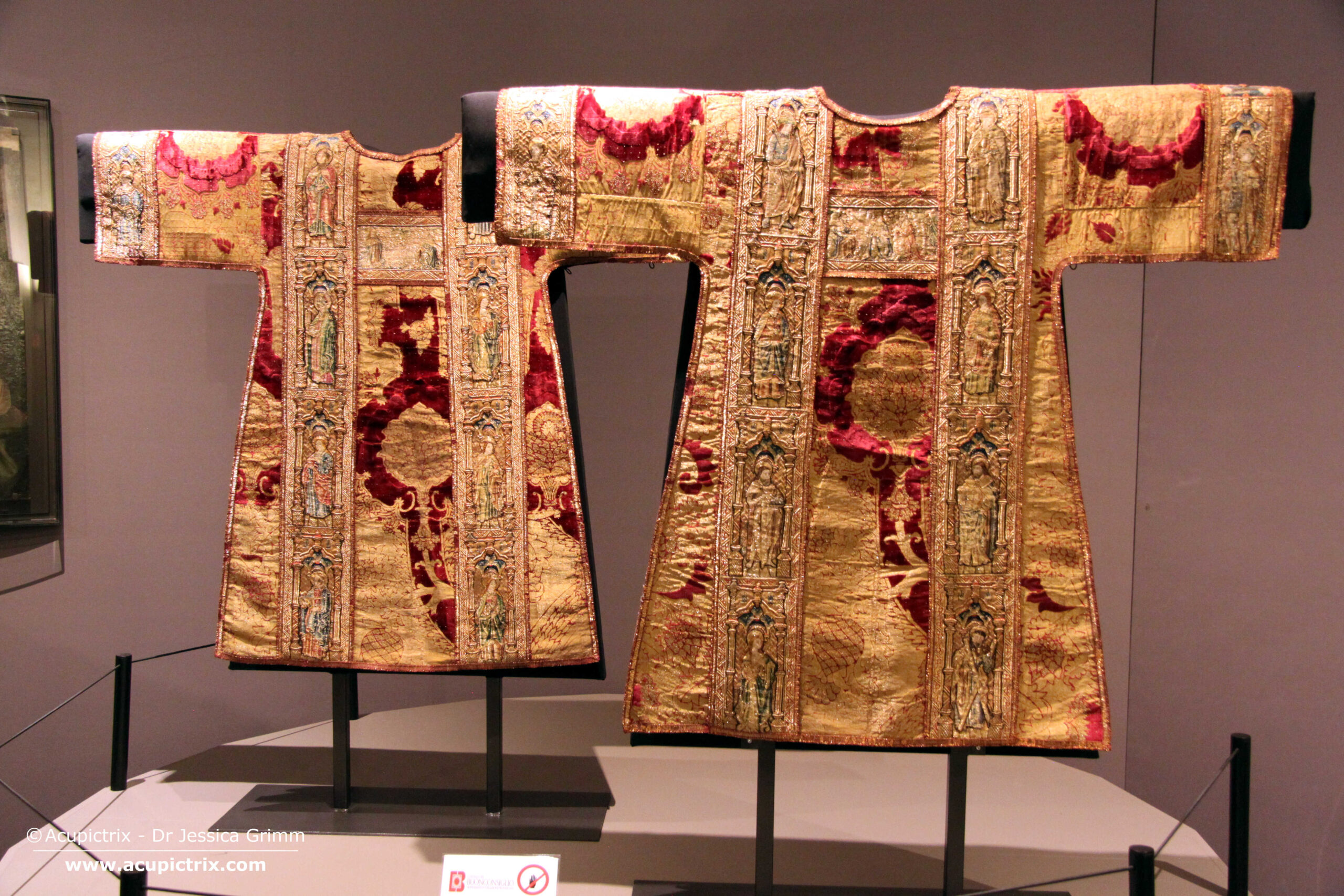
This month, we will focus on late medieval goldwork embroidery from the Netherlands. These can be found in collections and church treasuries all over the world. Like Opus anglicanum in earlier times, late medieval goldwork embroidery from the Low Countries was highly sought after. The embroidery workshops in major centres such as Utrecht, Amsterdam and…
-
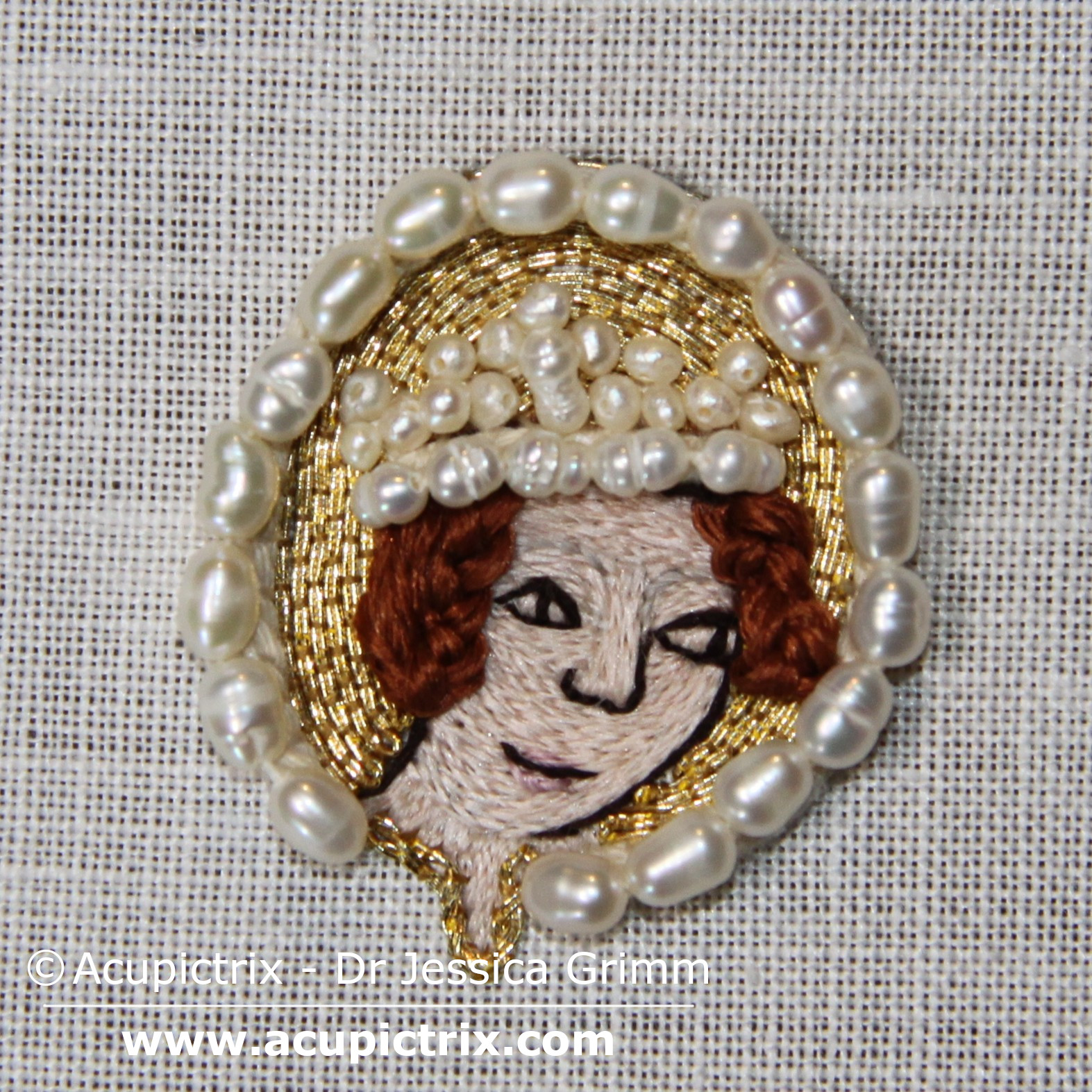
In this medieval embroidery tutorial, I will show you how to recreate the lovely female face with the big braids as seen on this 15th-century chasuble. You will practice silk embroidery, padding and beading when recreating this lovely beaded stumpwork portrait of a female saint. Whilst working the medieval embroidery sample using the tutorial on…
-
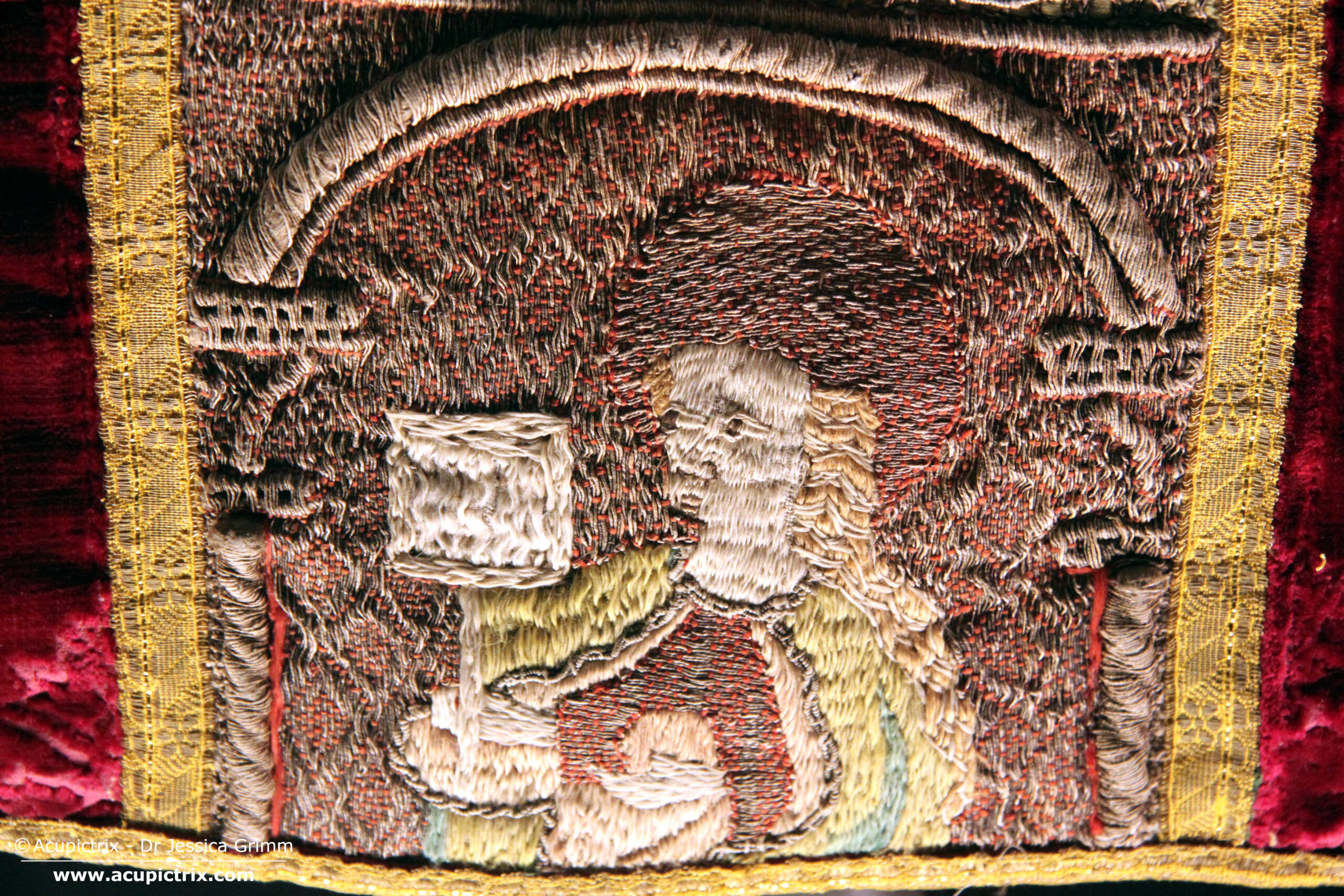
Last week, we examined a medieval goldwork embroidery chasuble with two different types of stumpwork, dating to the first half of the 15th century and made in the Franconia region of Germany. This week, I have another lovely chasuble for you that also displays medieval goldwork embroidery from two older vestments. You can see the…
-
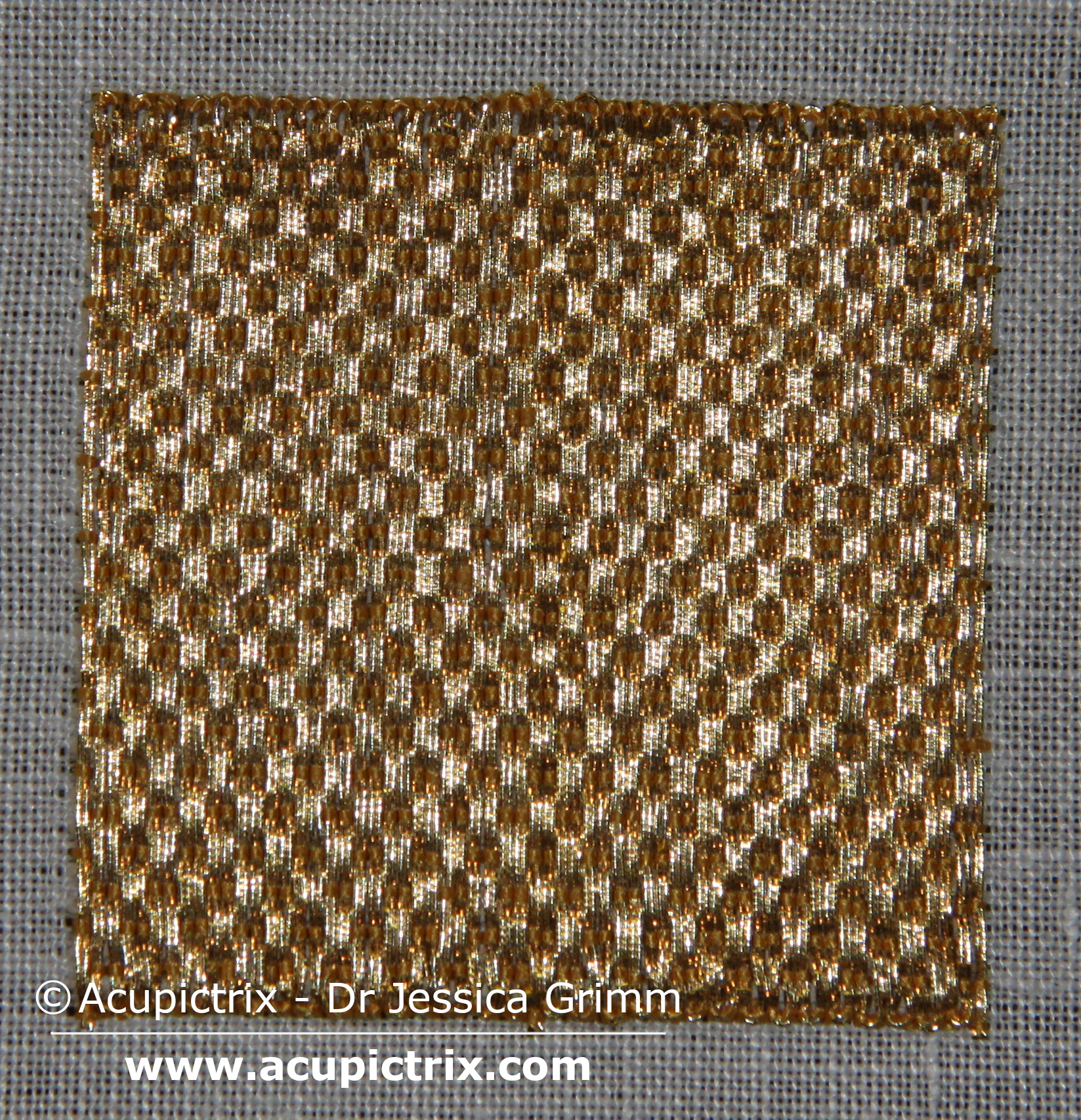
This goldwork tutorial shows you how to make a simple padded background for your goldwork or stumpwork embroidery. We saw this technique on the cope hood from Tuscany made in the first quarter of the 16th century. The method produces a nicely textured and firm background. It would look lovely with a stumpwork flower, butterfly…
-
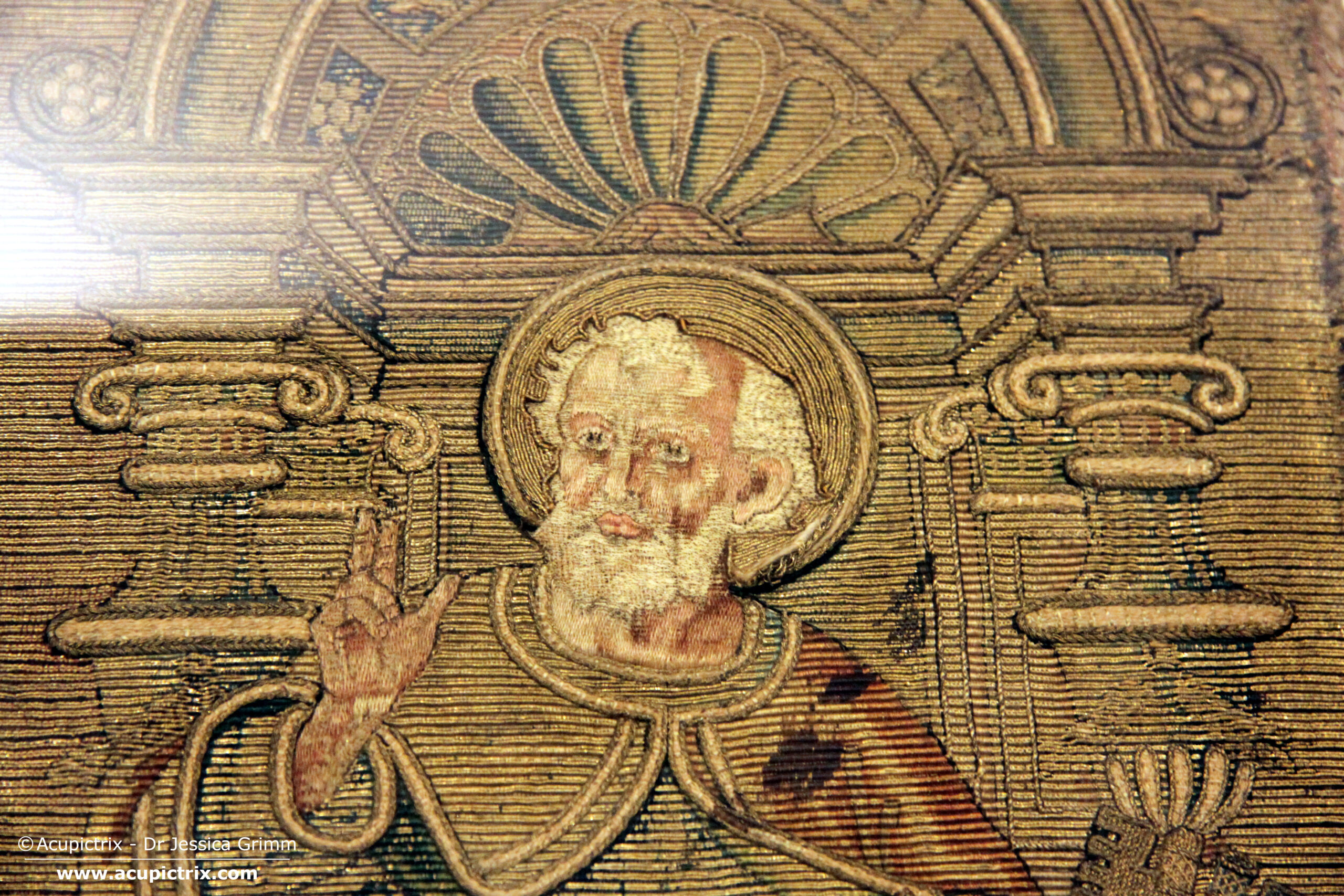
We continue our exploration of medieval goldwork from Tuscany with a couple of stunning orphreys. One is kept in a museum, one in a Cathedral, and the third is in a private collection. In 2019, they were displayed side by side in Castello Buonconsiglio. All three are of exceptional quality, both in design and embroidery…
-
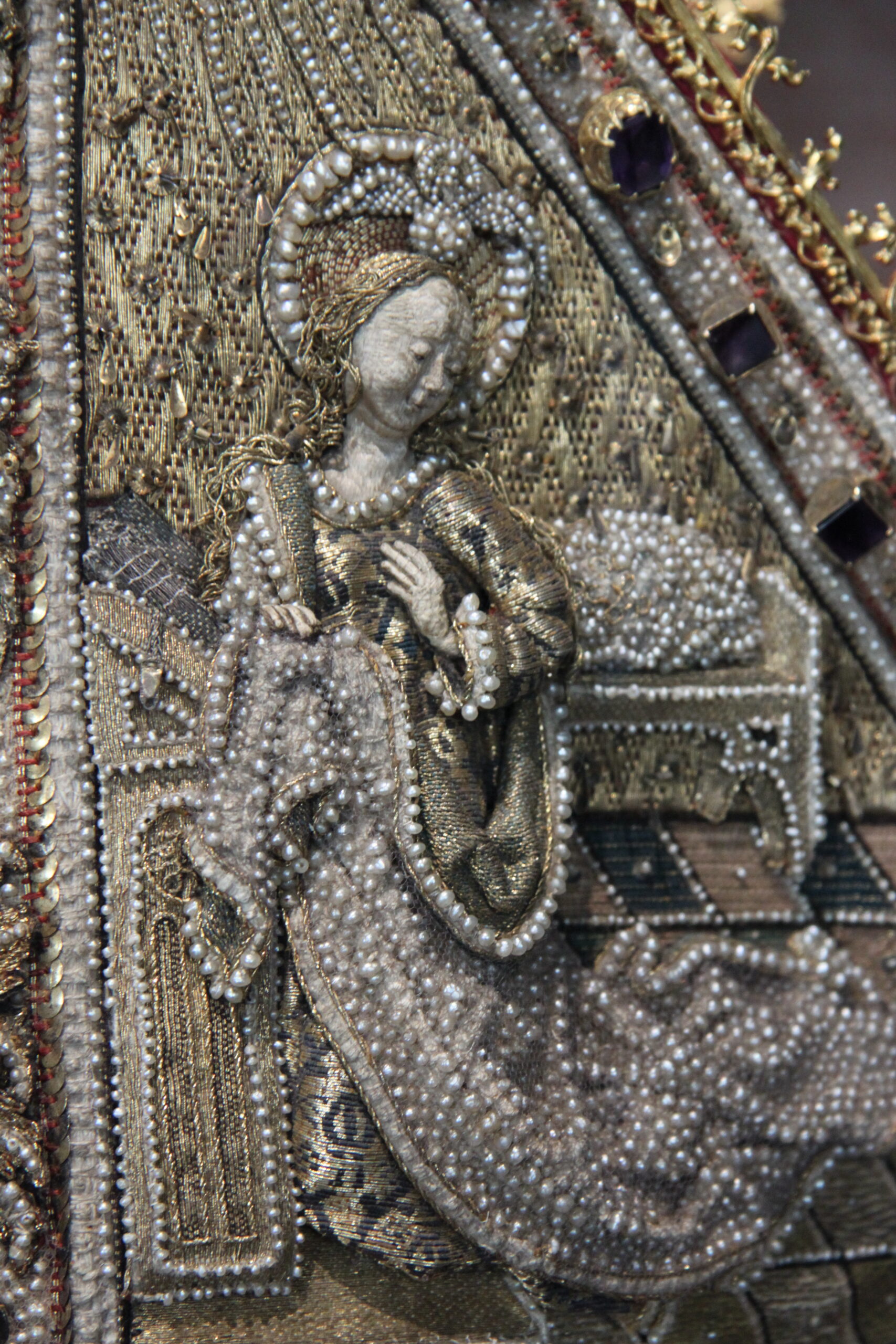
Last week and the week before, we looked at beautifully pearl-embroidered mitres from Italy and France. Today, we will look at probably the most spectacular pearl-embroidered mitre of them all: the mitre made by Hans Plock for Cardinal Albert of Brandenburg in AD 1514 in Halle, Germany. The piece is permanently displayed at the Rüstkammer…
